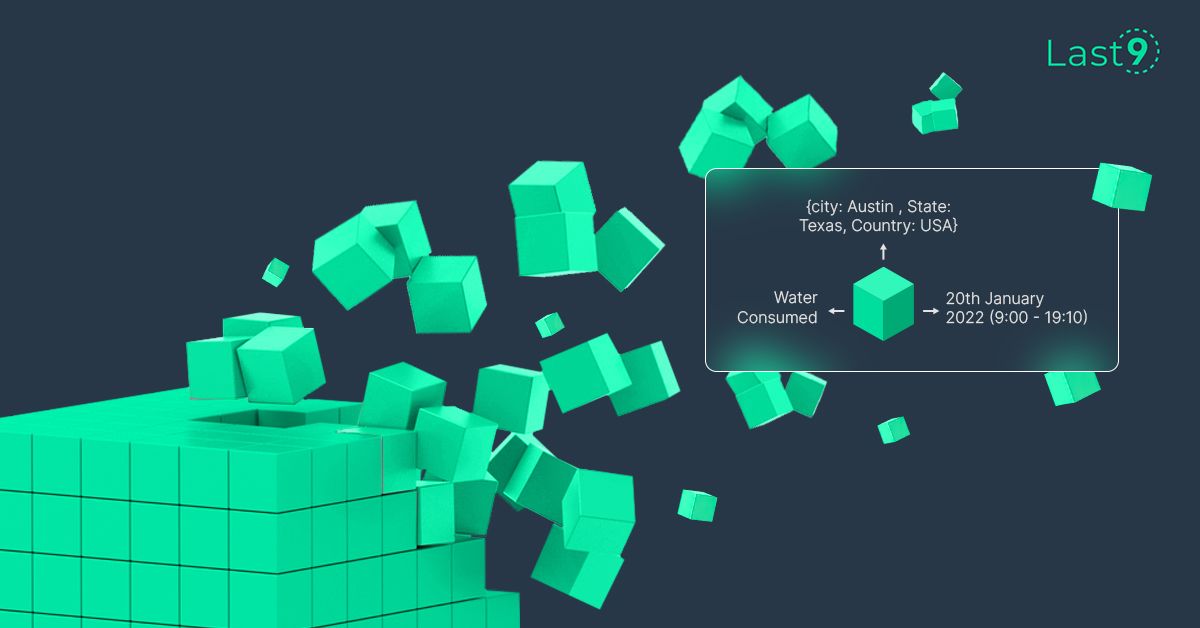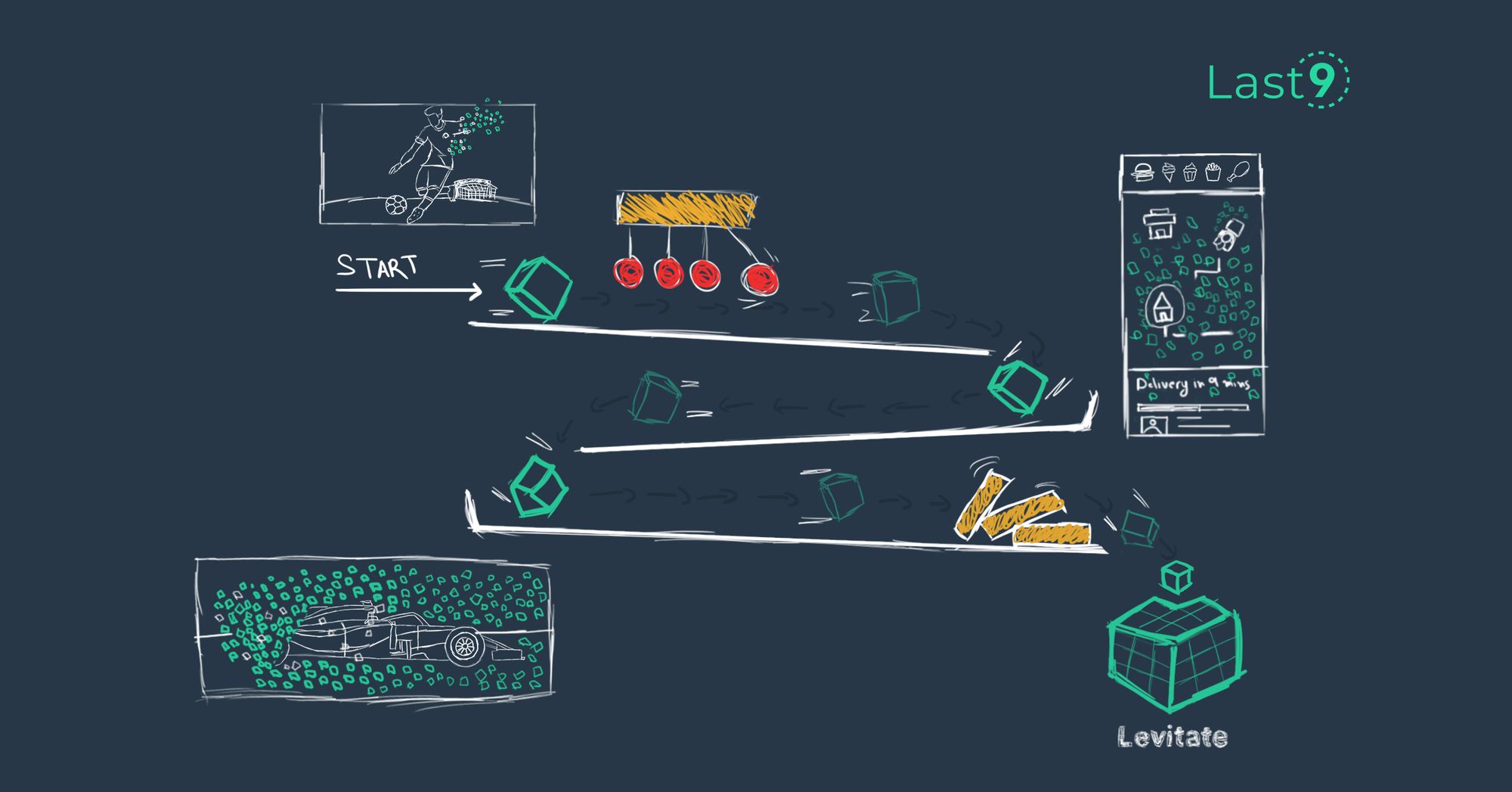When dealing with Time Series databases, I always got confused with Sample vs. Metrics vs. Cardinality. Here’s an explanation as I have understood it.
A sample is the most atomic record of observability that cannot be explored beyond its attributes.
A sample has a few key attributes.
- Timestamp: Of the observation.
- Value: Of the observation.
- Name: What is being recorded?
- Duration: Time between two recordings.
Key things
- The data is not AT the time of observation, but the duration between two observations. Ex. 17th Jan 2022, 18:05 till 17th Jan 2022, 18:06
- Some call this Period.
- No matter your service, the data is always an aggregate for a minimum time range.
As your Observability grows, you face three key challenges.
- More metrics are to be observed. Also called Coverage.
- Same metric for more entities. Also called Cardinality.
- Save metrics for a longer duration. Also called Retention.
Retention
As you start saving data for longer, at a given time, you have more historical data that can be used for trend analysis. But like any Data system, this adds additional strain to keep the system reliable for a larger volume of data.
Cardinality
It is the number of unique attributes observed for a given metric. Cardinality is the most formidable challenge because the computation and memory needed to tackle queries grow exponentially.
More Observability
Coverage increases when you observe more metrics or more dimensions. But, Saving more metrics does not mean better Observability; it may also just mean more unused data.
Growth in Real Data
Modern Time Series systems don’t have to grow along a single axis of Cardinality, Coverage, or Retention alone. Instead, the rate of ingestion and exploration warrants an expansion on all three axes.
It’s crucial to understand how samples get involved while querying and the scale and performance limitations.
Say, I want water AND power consumption for 20 minutes but only for {austin, texas, USA, 94043}.
Say, I want ONLY water consumption for 20 minutes, but for {austin, texas, USA, 94043} AND {austin, texas, USA, 95058}
Conversely, If I want Power AND Water consumption across {austin, texas, USA, 94043} AND {austin, texas, USA, 95058} but ONLY for 10 minutes.
Whereas, If I want Water and Power consumed by all Females of {austin, texas, USA, 94043}, I won’t find any results.
Remember: A sample is the most atomic record of observability that cannot be explored beyond its attributes.
Concluding
- For better observability, you need to have more exemplary attributes. Resulting in more samples.
- For better coverage, you need more metrics. Resulting in more samples.
- For historical knowledge, you need more retention. Resulting in more samples.
Found this interesting? Got a different PoV? Reach out to me on Twitter — @realmeson10 . Oh, also, you should check out last9.io; we're building reliability tools to make running systems at scale, fun, and embarrassingly easy. Check us out. :)



